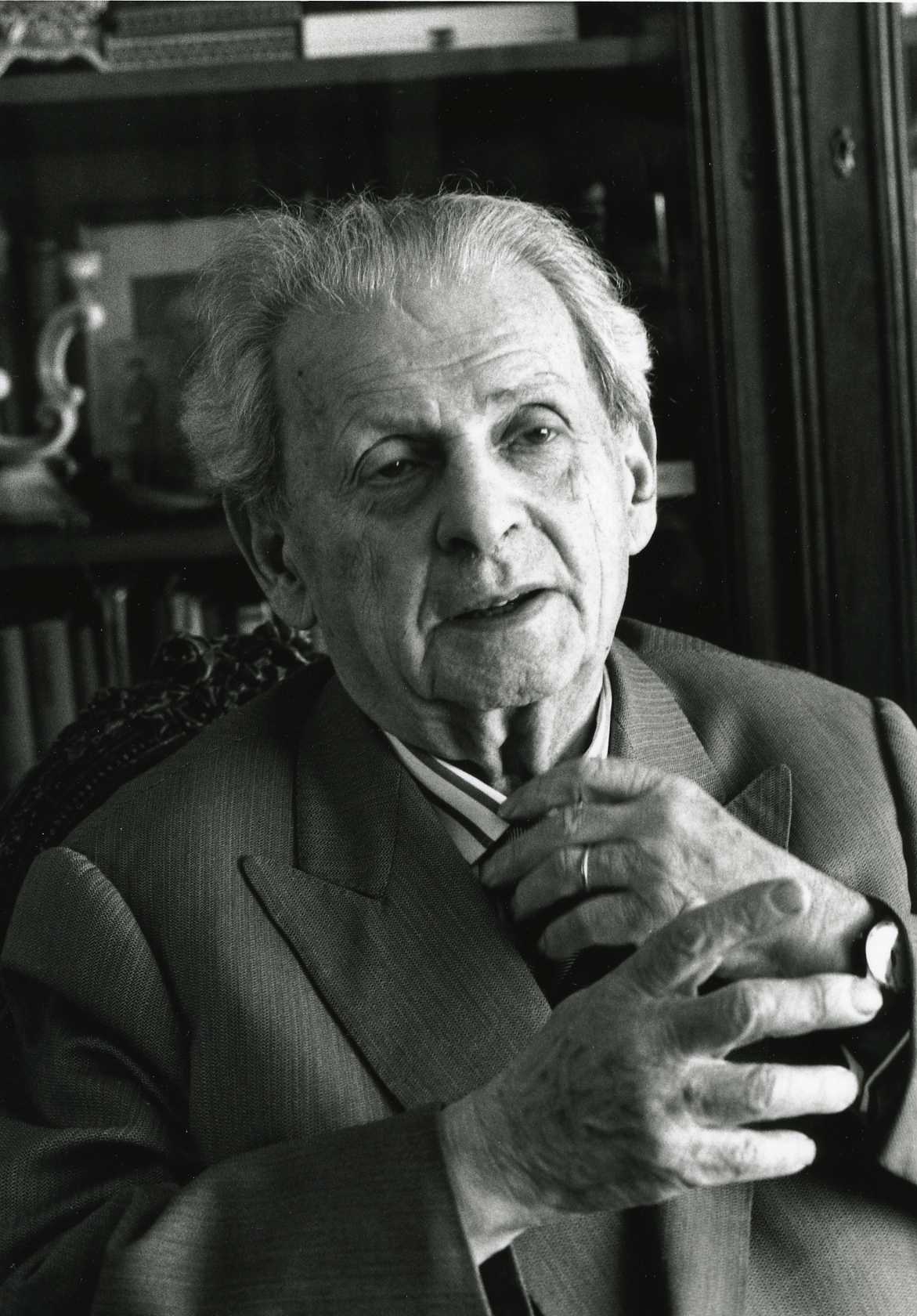Butler’s final lecture “Toward an Ethics of Co-Habitation” was a tour de force. It would be difficult to summarize the full range of conceptual work performed in the talk, although the other posts have done an admirable job of capturing some of the major ideas. Zooming out a bit, I want to shift from discussing the specific content of the final talk to consider the longer conceptual arc of Butler’s lecture series, which discussed (in order) the right to appear, queer alliances, and ethical obligations. In between these weekly lectures, Butler also participated in a number of other on-campus events during her residency, including discussions on visual media topics, such as web-based photography archives, and the documentary film Paris is Burning.
Throughout Butler’s residency, I thought about how her discussions of “the right to appear,” audibility and visibility in the public sphere, and the ethical solicitation that an image can (im)pose, might help us understand the contemporary media landscape. In particular, I’ve been wondering how Butler’s formulations relate to the ever-expanding role of surveillance in everyday life. What does it mean when the public “space of appearance,” which Arendt says is a necessary precondition for political action, is subject to perpetual monitoring by distant entities, both known and unknown? Might it be that a population’s “right to appear” exists in inverse proportion to their observability? And, on the other hand, what does it mean when this scopic power relation is inverted and the observers become the observed, when protestors use camera phones to record police brutality, WikiLeaks releases thousands of pages of secret diplomatic cables, or Anonymous hacks into a corporate server?
Though Butler (along with photography theorists like Susan Sontag and Ariella Azoulay) has written at length on the ethics of photographic images, I’m curious about whether the same kinds of ethical obligations adhere to surveillance images, which are often characterized by hazy, pixilated aesthetics, aerial or otherwise non-human perspective, ambiguous content and fully-automated (disembodied) reproduction. Listening to Butler describe Levinas’ insistence on the face-to-face encounter as the basis for ethics, I was reminded of the deliberately blurred-out, anonymous faces of these Google Street View Portraits by German photographer Michael Wolf. If the surveillance image has no face, can it pose an ethical solicitation?




